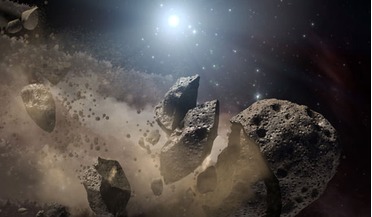 04 July 2018
Majority of asteroids come from a handful of ancient planets
04 July 2018
Majority of asteroids come from a handful of ancient planets
...able to sort them out in to about six families; Flora, Vesta, Nysa, Polana and Eulalia. The names refer to the biggest... of which got a visit from NASA’s Dawn Spacecraft in 2011 – Vesta. Those that can’t be placed into a family, the asteroid orphans ...
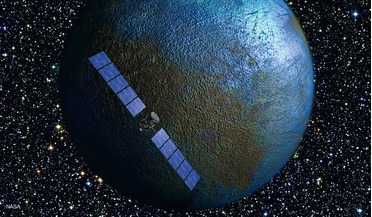 March 2015
Dawn of ion propulsion
March 2015
Dawn of ion propulsion
...,000 miles (383,000 kilometers 3. This mosaic synthesizes some of the best views that Dawn had of Vesta. It studied Vesta from July 2011 to September 2012. The towering mountain at the south pole — more than twice...
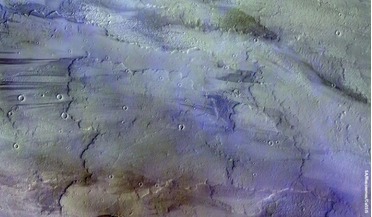 January 2018
When it comes to water Mars may not be the promised land
January 2018
When it comes to water Mars may not be the promised land
... polar regions. Large southern polar impact basins such as the Aitken-South Pole on the Moon, Rheasilvia on Vesta, and the Martian dichotomy on Mars reveal that an important flux of impactors came from the southern side...
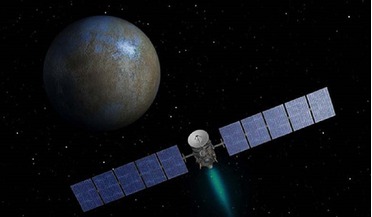 13 March 2015
Ceres breakthrough: NASA's Dawn is first probe to visit a dwarf planet
13 March 2015
Ceres breakthrough: NASA's Dawn is first probe to visit a dwarf planet
... You can think of the Earth as mainly being built out of Vestas. Vesta is a rocky exterior and an iron core; that's what we ... said and done? Russell: Our first legacy was going to Vesta. Vesta had explained itself to us quite well by sending us all ...
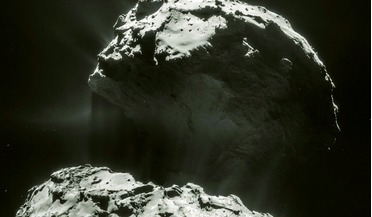 January 2020
Small body missions unveil interplanetary secrets
January 2020
Small body missions unveil interplanetary secrets
... have been astounding, demanding that we need to know more. This is that story. Full view of asteroid 4 Vesta taken by NASA’s Vesta spacecraft. Vesta, with an iron-nickel core some 220 km in diameter, is the first protoplanet we have visited. Solar...
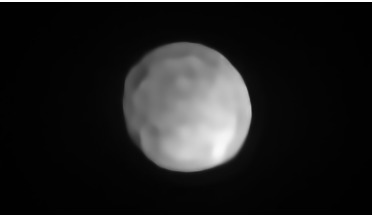 28 October 2019
Hygiea asteroid could turn out to be the smallest dwarf planet yet
28 October 2019
Hygiea asteroid could turn out to be the smallest dwarf planet yet
... lags behind the largest of the asteroids, Ceres and Vesta and Pallas in the mass and volume department. At present... hydrostatic equilibrium (nearly round) shape; a qualification that both Vesta and Pallas fail on. However, thanks to these recent VLT ...